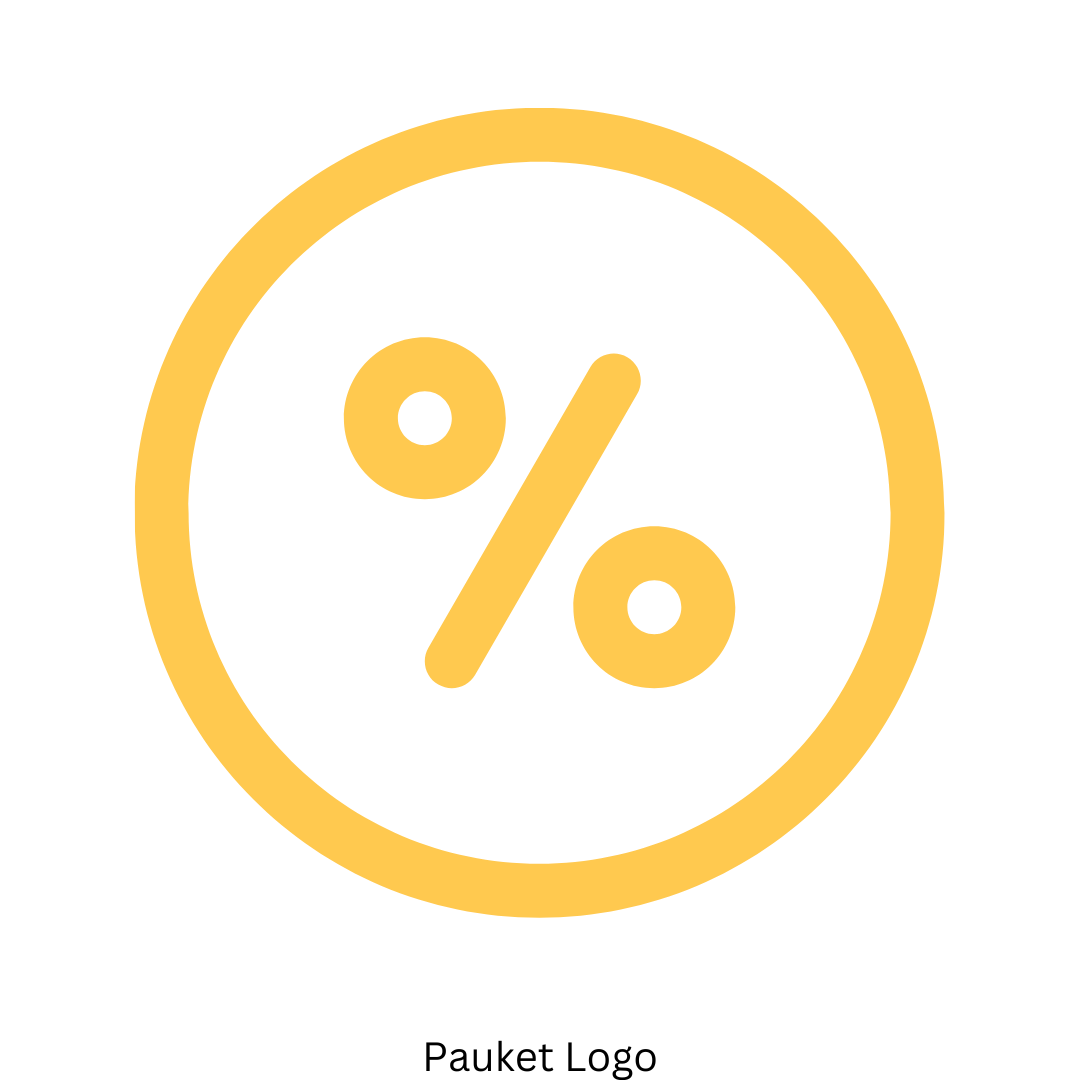1. Know Your Audience: Understanding your target demographic is crucial. Choose products that align with their interests, preferences, and lifestyle. Conduct surveys or gather feedback to determine what items would be most appreciated and used.
2. Ensure Usability: Promotional products should be practical and functional. Items that customers can use daily, like pens, notebooks, or tote bags, ensure that your brand remains visible and top-of-mind.
3. Quality Matters: Invest in high-quality products that reflect positively on your brand. Cheap or poorly made items can harm your reputation. Choose durable and well-designed products to make a lasting impression.
4. Consider Branding Opportunities: Select products that offer ample space for your logo and brand message. Ensure the branding is clear, attractive, and aligns with your brand identity. Customization options can enhance the appeal of the promotional items.
5. Align with Your Marketing Goals: Choose products that support your overall marketing objectives. If you’re aiming to increase brand awareness, select widely used items. For customer loyalty, consider exclusive or higher-end products.
6. Stay Relevant and Trendy: Keep up with current trends and popular items in the market. Eco-friendly products, tech gadgets, and health-related items are currently popular choices. Aligning with trends can make your promotional efforts more impactful.
7. Budget Wisely: While quality is important, staying within your budget is crucial. Balance cost with perceived value to ensure a good return on investment. Bulk purchasing can often reduce costs without compromising quality.
8. Personalization Adds Value: Personalized products can create a stronger connection with recipients. Adding names or unique touches can make promotional items more memorable and appreciated.

